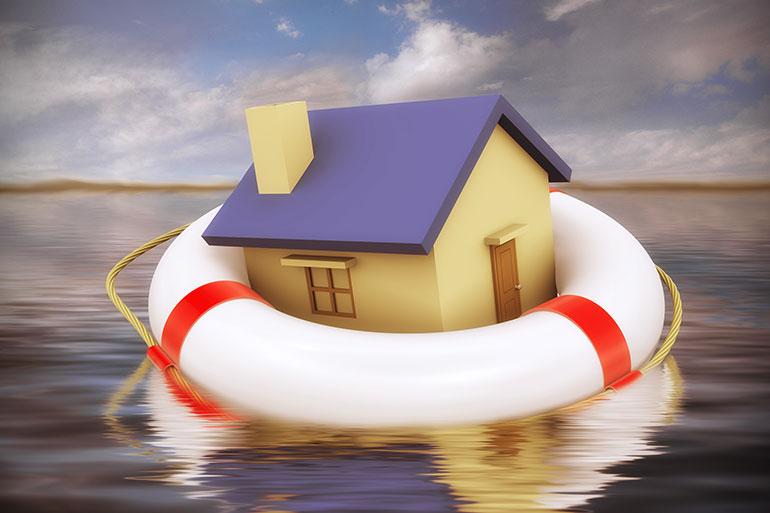If you've followed the headlines over the past six months or so, you likely noticed countless stories eluding to a housing crisis, most of which highlight “rising home values” or “skyrocketing prices.” A combination of basic economic factors had contributed to this phenomenon, which started almost immediately when the national economic recovery began. While demand for housing has remained strong (thanks largely to historically low interest rates), the number of new homes (supply) has not kept up, contributing to the dramatic increase in prices. This is particularly acute in supply-starved markets like San Francisco, Seattle, and Washington DC. That has led to many articles detailing or predicting another housing “bubble” or suggesting the market is on the verge of another disaster. Economists point to various current conditions or statistics that mirror those before the housing collapse began in late 2006. But how much truth is there in these numbers? Are we really in an “overheated” market that may result in another crash? Before you run to your survival bunker and break out the MRE dinners, check out this sobering article in U.S. News & World Report, which examines the evidence, including the major changes in the industry that have happened post-crash, and concludes that there are solid reasons to think that there is no compelling reason to think disaster is right around the corner. In fact, there are several reasons to be optimistic about the housing market.
The article focused on the role of government regulation in the reformation of the mortgage market. The passage of Dodd-Frank in 2008 has radically changed the financial industry, including virtually every aspect of mortgage lending. From advertising to underwriting, mortgage firms are under scrutiny from regulators, including the new Consumer Financial Protection Bureau (CFPB). One intended effect has been that lending standards have risen dramatically, and the days of loosey-goosey “subprime” lending are almost entirely a thing of the past. Even the government’s new effort to help potential homebuyers who can’t qualify for a conventional mortgage shouldn’t cause concern. For instance, lowering some down payment requirements to as low as 3% or using “alternate credit scores” obscures the fact that even these loans come with far stricter underwriting standards (income verification, documentation, etc.) most mortgages did 10 years ago. Additionally, most borrowers are in a much better overall situation than before, with less debt threatening their financial health. Bottom line: mortgage lending has never been safer.
As for reasons to be optimistic about the future of housing, researchers emphasize that not only have banks and lenders largely reformed any risky lending practices, but national employment numbers are positive, and Americans are doing a better job managing their finances, including becoming “better savers.” Click here to read more.




